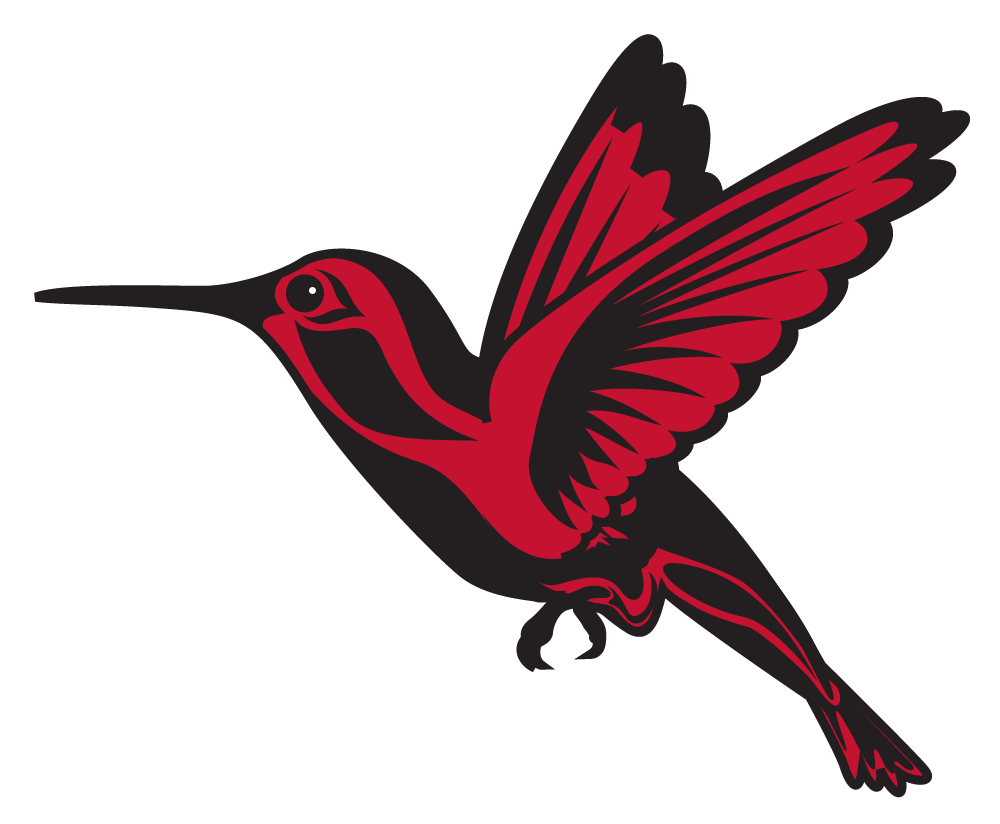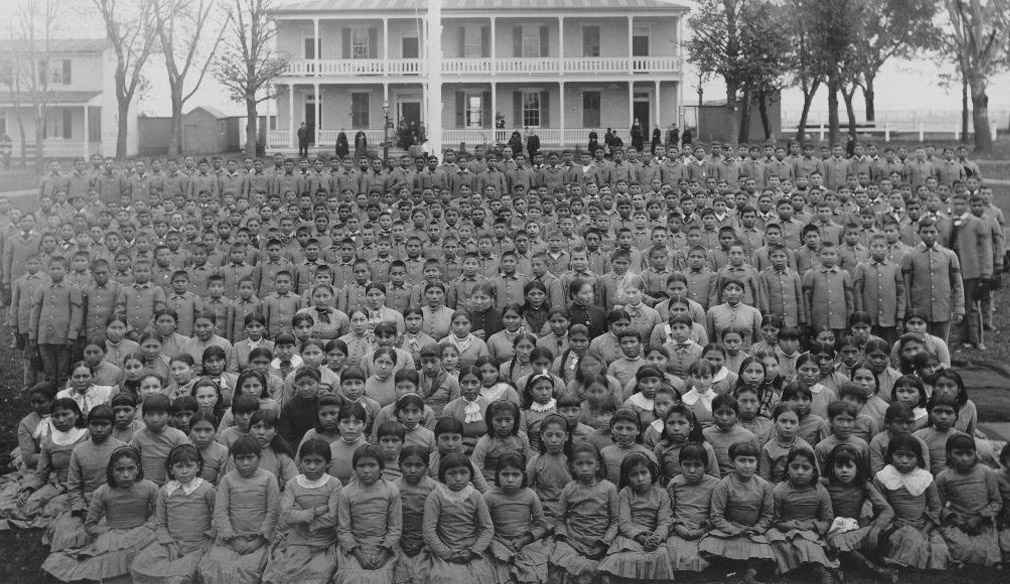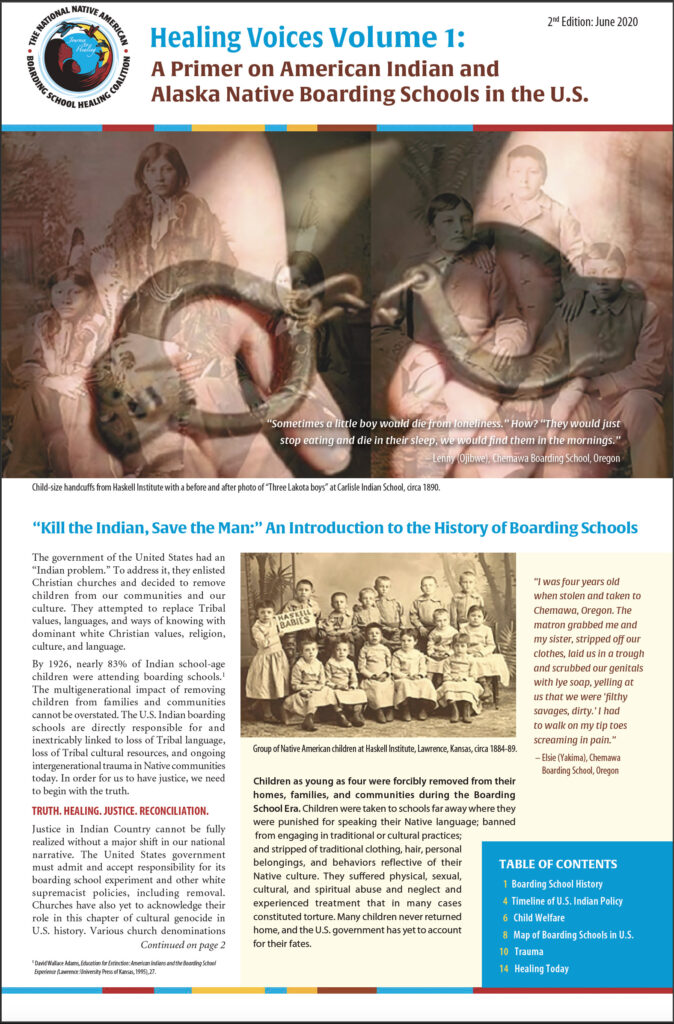US INDIAN BOARDING SCHOOL HISTORY
The truth about the U.S. Indian boarding school policy has largely been written out of the history books. There were more than 523 government-funded, and often church-run, Indian Boarding schools across the U.S. in the 19th and 20th centuries. Indian children were forcibly abducted by government agents, sent to schools hundreds of miles away, and beaten, starved, or otherwise abused when they spoke their Native languages.
Intro to Boarding School History
Beginning with the Indian Civilization Act Fund of March 3, 1819 and the Peace Policy of 1869 the United States, in concert with and at the urging of several denominations of the Christian Church, adopted an Indian Boarding School Policy expressly intended to implement cultural genocide through the removal and reprogramming of American Indian and Alaska Native children to accomplish the systematic destruction of Native cultures and communities. The stated purpose of this policy was to “Kill the Indian, Save the Man.”


By 1926, nearly 83% of Indian school-age children were attending boarding schools. [1]
By 1900
CHILDREN IN BOARDING SCHOOLS
By 1925
CHILDREN IN BOARDING SCHOOLS
The Harms of Indian Boarding Schools
Between 1869 and the 1960s, hundreds of thousands of Native American children were removed from their homes and families and placed in boarding schools operated by the federal government and the churches.
Though we don’t know how many children were taken in total, by 1900 there were 20,000 children in Indian boarding schools, and by 1925 that number had more than tripled. The U.S. Native children that were voluntarily or forcibly removed from their homes, families, and communities during this time were taken to schools far away where they were punished for speaking their Native language, banned from acting in any way that might be seen to represent traditional or cultural practices, stripped of traditional clothing, hair and personal belongings and behaviors reflective of their native culture.
They suffered physical, sexual, cultural and spiritual abuse and neglect, and experienced treatment that in many cases constituted torture for speaking their Native languages. Many children never returned home and their fates have yet to be accounted for by the U.S. government.
Resources
NABS’s free online database of articles, research, and documents about US Indian Boarding Schools.
[1] David W. Adams, Education for Extinction (Lawrence, KS: University Press of Kansas, 1995), 27
